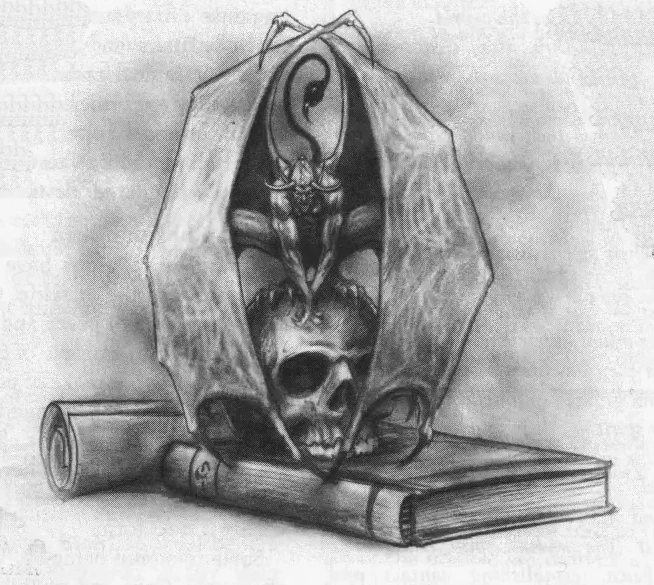Years ago, Alderac Entertainment Group (AEG) published a few "splatbooks" for 3rd Edition D&D, and one of these books was titled Undead (with Mike Mearls as a credited writer). I've been reading it lately, because I play Pathfinder and I love player options. This is my fourth post about the book, covering the chapters "More than flesh" and "Beyond the pale."
Chapter 4
Chapter 4, called "More than flesh", is about undead player characters in a game. It's exclusively about roleplay, discussing motivations and sensibilities.
In a way, chapter 4 is a cultural guide to undead societies, much in the same way that a book like Mordenkainen's Tome of Foes discusses the history and cultures of fiends, elves, dwarves and duergar, the gith, halflings, and gnomes. There's a certain amount of implied domain here, though, because the undead of this book, however universal, are nevertheless of this book. Luckily, most fantasy worlds are vast enough to allow for exceptions and customization, so I doubt you'd be violating anything too precious by utilizing the undead traits in this book.
And mostly, Undead uses broad and time-honoured traditions. Ghouls are pack animals. Vampires are suave and charismatic but also secretly savage and compulsive. Zombies are stupid and plodding.
There are no surprises in this chapter, but there's a lot of inspiration for both game master and player. If you don't sit around and think about what a wraith might be feeling at any given moment, don't worry because this book has done that for you. This chapter is full of casual, maybe even obvious to some, ideas for roleplaying an undead character or creature. And it's really useful, and makes for engrossing reading.

Chapter 5
Chapter 5 is, presumably, chapter 4 for the game masters (except, arguably, chapter 4 is chapter 4 for game masters.) "Beyond the pale" is the chapter about "undead campaigns," meant to help a game master meditate on how to run a campaign that prominently features the undead.
What "prominently features" means, exactly, is part of this chapter. Maybe you want to adjust your a game to accommodate that one player who's really keen on playing an undead character. Or maybe the whole party is undead. Maybe the party's undead but they don't know it yet. What if the whole world is undead?
This chapter has all the ideas. They're just ideas. They're sparks of inspiration to help you invent or adapt an adventure so that the undead play a prominent role.
I love all the ideas in this chapter, and I want to run or play every single one. However, I have to admit that while all the ideas are exciting, I don't feel confident that any of them have been thought out for actual play. It seems really great to have your party continue playing as undead creatures, but then again how does their undeath affect the mechanics of the game? I feel like it would take a lot of mechanical reworking to make sure everything functions as it should.
Then again, if the whole table is up for the idea, then it's probably realistic that impromptu adjustments could be made as problems are discovered. You're a cleric who casts cure wounds but now you're undead? From now on, you cure wounds is an inflict wounds instead. Your god hates undeath? Well, your god grants a temporary reprieve while you carry out your holy mission, and will then grant you the sweet release of eternal death. And so on. Magical worlds are marvelously resilient in the face of exceptions, and with the right amount of laughter and exaggerated winking, a good group can incorporate inconsistencies into the game's fun.
Secrets of undeath
The next and final chapter is "Secrets of undeath." I'll get to that in a future post.
Black and white art from AEG Undead.
Ravenloft art copyright by Wizards of the Coast, used under the fan content policy.